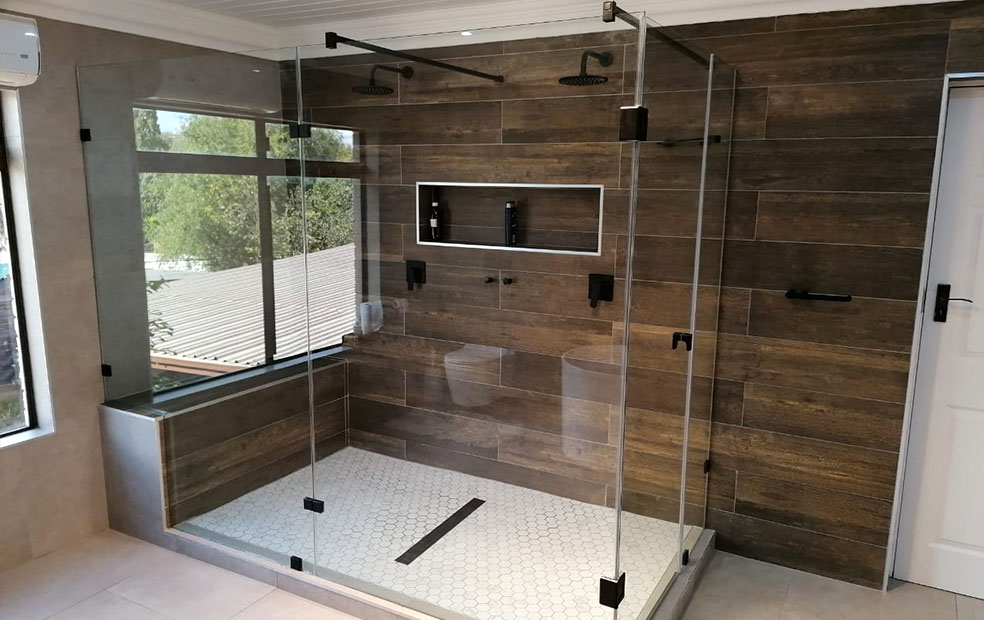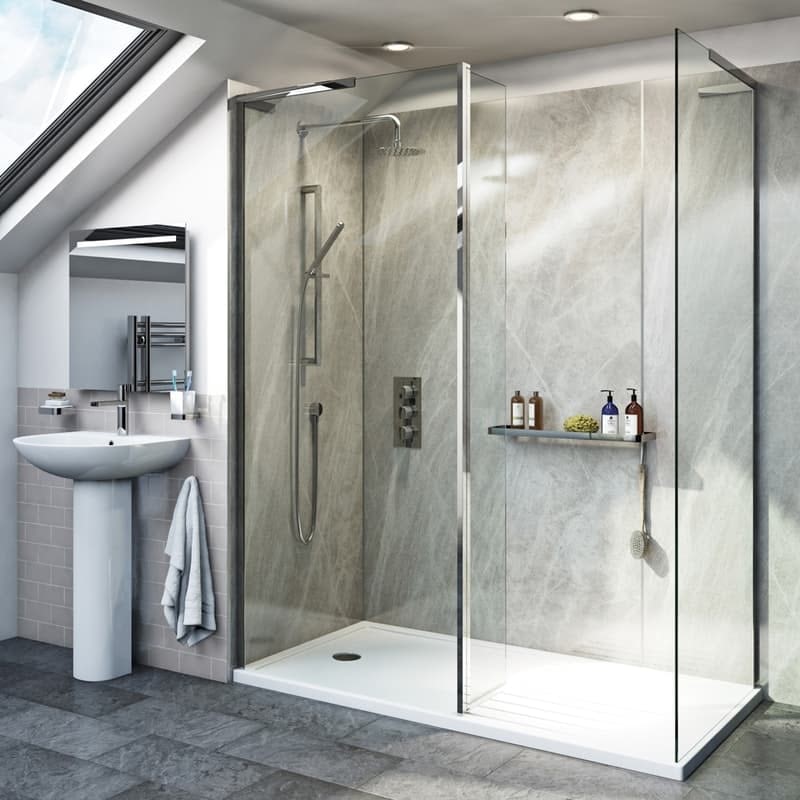Experienced Insights on Installing a New Shower Unit
Experienced Insights on Installing a New Shower Unit
Blog Article
We've come across the article relating to Simple ways to Install a Shower Cubicle on Your Own below on the internet and decided it made perfect sense to share it with you over here.

A successful shower installation calls for mindful planning and a great deal of job. For the most part, you will require to do three sorts of jobs: framing walls, mounting the plumbing, as well as finishing wall surfaces.
Various Sorts Of Shower Units
Many Common Errors
Prep work.
To start with, you need to choose the kind of shower that you desire to set up. It is necessary to establish whether the selected shower can coping with particular systems and also can manage a risk-free degree of water via the boiler. Most shower systems nowadays are developed to be versatile to different water pressures (such as kept hot water and cold keys).
It is also crucial to consider the water pressure and also the planning of the piping and also drainage for the shower.
Approach.
Depending upon the kind of shower you want to mount, the shower head must either be suited order to prevent its contact with the water in the bath below or the base tray, or it must have a check shutoff.
Prior to starting, it is recommended to note the settings of the shower head and control, and to prepare the pipe-work involved. In addition, the water drainage system to get rid of the drainage will need to be planned. Both placements of the cable path and the shower button will likewise need to be thought about if an instantaneous or electric shower system is being installed.
Use the instruction overview supplied with the shower unit to fit the shower control.Before fitting the pipes that will provide the water to the shower system, it is important to remove the supply of water. In order to safeguard the pipelines, they should be offered a water-proof covering as well as likewise fitted with isolating shutoffs. The pipes can after that be buried right into the wall and also glued over to neaten the total look.
Fit the base tray, shower head, and fittings.
Connect the main shower control to the pipes that will certainly be providing the water (This might call for a women screw string adapter).
Reconnect the water supply and also test the pipelines for any kind of leakages, as some might require firm.
If you are setting up an electrical shower, keep in mind to turn off the electrical energy supply before making any type of electric connections. When these connections have actually been made (there should be support within the instruction manual), the power supply can be changed back on.
Readjusting Water Pressure to Match Your Shower.
The cold water reservoir can be lifted to a better elevation (in some cases just 150mm (6inches)) by installation a solid wooden support below it - possibly made up of struts as well as blockboards. If you choose this alternative, the primary and also circulation pipes will certainly also have to be increased to satisfy the new height of the tank.
Conversely, a booster pump (a solitary pump or a dual/twin pump) can be fitted. Whichever kind is picked, it must be linked right into the power supply in order to run.
Piping and Drainage.
It is best to utilize 15mm diameter supply pipes, and also make the runs to the shower as short as well as straight as feasible so regarding preserve optimal pressure and also minimise warm loss. In addition, by reducing the use of elbow joints for pipe corners, you can reduce the resistance in the circulation of the water. You can attain this by bending the pipes instead.
How Do You Install a Shower? Follow This Guide
Installing a Shower at a Glance
Tools & Materials: Level, electric drill, caulk, hole saw, cedar shims, shower unit Step 1: Drill pilot holes Step 2: Prep fixture holes Step 3: Move unit into place Step 4: Caulk corners and base Step 5: Attach door Step 6: Install shower pan Whenever plumbing is involved in a DIY project, people worry about what might go wrong. The truth is that installing a shower isn’t that complicated, and you can save a lot of money by doing it yourself. You shouldn’t need to make any alterations to your plumbing to complete the job, and most of the tools you need will be provided in your new shower kit.
Can I Install a Shower Myself?
Even if you’ve never installed a shower before, you’ll find this to be a project that is perfectly suited for DIYers with a moderate level of experience. Whether you're doing a bathtub conversion or installing a new stall, most of what you need comes in shower kits that you can purchase from a hardware store. The first thing you need to do is determine what type of shower stall you want.
Single-panel stalls are the easiest to install because they come preassembled. All you need to do is put them in place. Multi-panel showers require a few additional steps, but you’ve got more control over the appearance of your unit. Multi-panel units are also much easier to handle if you’re going to do the installation without any help.
Be sure to take all appropriate safety precautions, such as wearing eye protection and gloves. When you’re removing or installing a shower unit, you might kick up debris that could hurt your eyes. You’ll also need to work with equipment that will get extremely hot, so be sure to have safety gloves handy.
Tools and Materials
2- to 4-foot level Electric drill with a 1/8-inch drill bit Caulk 2-inch hole saw Cedar shims The unit itself Before You Begin: Prep the Space
It’s highly important to measure your space accurately before putting the stall in. Measuring from the floor upward and from each corner outward will ensure you’ve got the right measurements. What you’re looking for is where the plumbing apparatuses are going to come through the stall. Transfer these measurements over to the back of your unit by drawing the locations of these holes using a pencil or marker.
Pull out your old shower and make sure to scrape off all the old caulking. Be thorough because you want to work with smooth surfaces for the best installation. Once you’ve pulled out your existing shower, you need to make sure that the floor is clean and dry. The best way to clean debris is with a shop vacuum, as it’ll soak up water and dirt together.
If you’re experiencing any plumbing issues, such as low water pressure, this is a perfect opportunity to solve them. Make sure that the pipes themselves are not in need of patching and clean your showerhead. When you turn the water back on after your project, check the pipes for signs of wear or disrepair. Anything beyond minor repairs should be handled by a plumber, and this is the best time to bring in a professional.
If the floor has any moisture at all, don’t proceed until it’s completely dry. The last thing you need is for the floor to rot or invite mold and mildew into your base. Once everything is dry, apply waterproof wallboard to the walls. This can be attached with screws or nails, then sealed with caulk so that water doesn’t seep into any crevices.

Do you really like more info about How to Install a Direct-to-Stud Shower Enclosure? Create a comment down the page. We would be interested to hear your suggestions about this article. Hoping that you visit us again soon. So long as you liked our blog posting if you please do not forget to pass it around. Thank you for your time. Come back soon.
Book Inspection Report this page